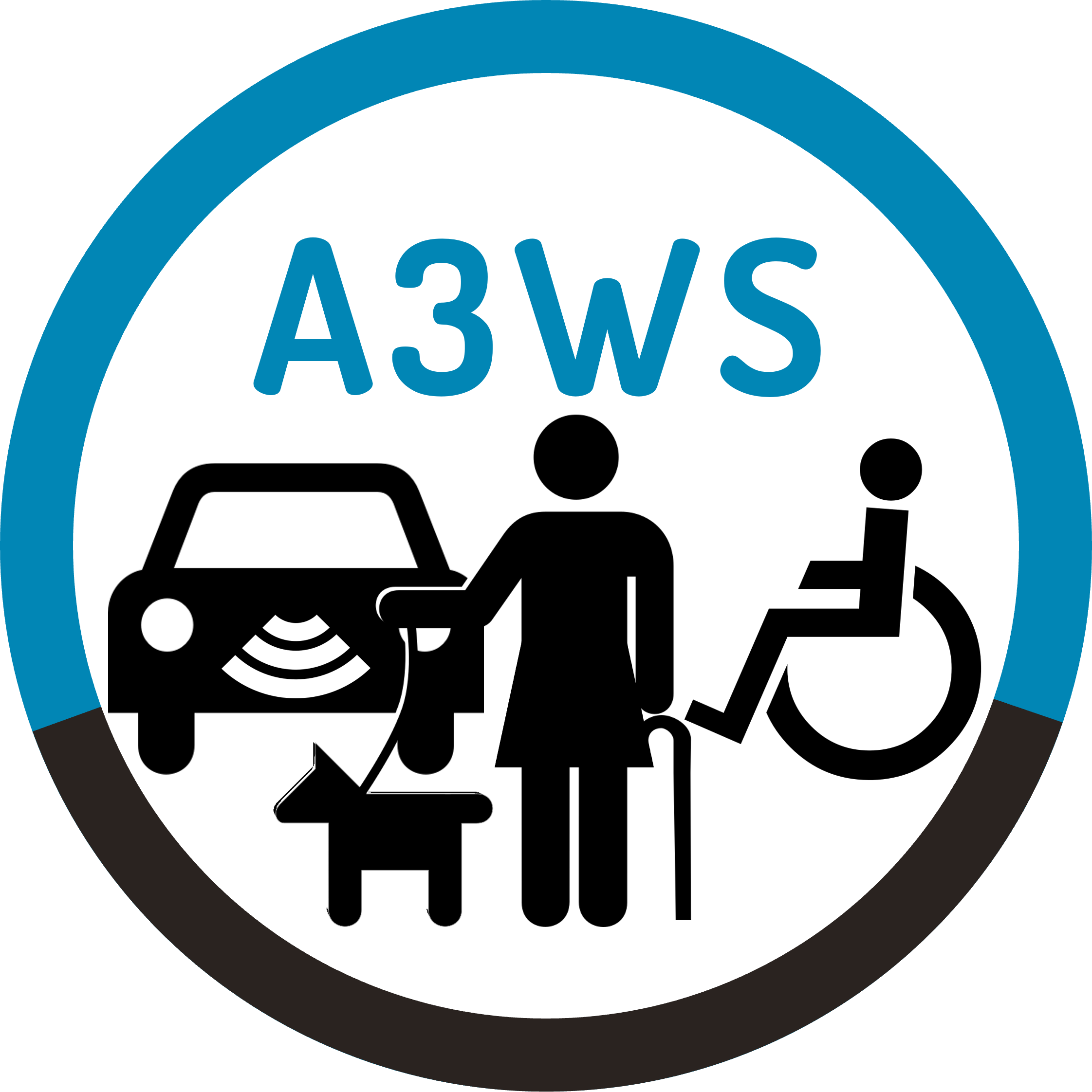Participate
This workshop invites people from different cultures, backgrounds, and affiliations to explore the interplay of automated vehicles and other road users. The workshop emphasizes cultural differences, diversity, and inclusive design solutions for the interaction of AVs and VRUs.
We welcome researchers and practitioners with interest in accessible technology, interactive technologies for children, seniors, or people with impairments, or automotive user interfaces. Specifically, we want to reach those developing interfaces for traffic participants (e.g., pedestrians, or cyclists), inclusive interfaces (addressing, e.g., visually impaired people), or external human-machine interfaces for AVs.
Registration
You have two options for participation:
- Submit a position paper to present it (see below)
- Participate without presenting your position (no submissions needed).
There is no dedicated registration for workshops but you need to register for the conference via the AutomotiveUI website: auto-ui.org/22/attend/registration. Just come in to D407 to join our workshop (Engineering Hall 4, Yonsei University, Yonsei-ro 50, Seodaemun-gu, Seoul, South Korea).
Paper
Participants are invited to submit position papers, but are not required to do so. Submissions need not be anonymous. However, reviews will be done anonymously. Each paper will be reviewed by at least two organizers of this workshop with regard to its contribution to the workshop. All accepted submissions will be published online on this website but not in the ACM Digital Library. The generated PDF should be submitted via EasyChair (easychair.org/conferences/?conf=a3wsautoui22).
Paper Format
A paper must be between two and four pages long, not including references, in the newest preview version of ACM Conference Proceedings “Master” Template version 1.87. We use this version to facilitate adding a CC license to your paper. Your main .tex file should therefore start with the following code (see also template):
\documentclass[sigconf,pbalance]{acmart}
\usepackage[type={CC}, modifier={by-nc}, version={4.0}]{doclicense}
\settopmatter{printacmref=false, printccs=false}
\acmConference[AutomotiveUI~'22 Workshop -- A3WS: International Perspective on Inclusive eHMIs]{Accessible Automated Automotive Workshop Series (A3WS): International Perspective on Inclusive External Human-Machine Interfaces in conjunction with AutomotiveUI~'22}{September 17, 2022}{Seoul, Republic of Korea}
\copyrightyear{2022}
\acmYear{2022}
\acmBooktitle{Accessible Automated Automotive Workshop Series (A3WS): International Perspective on Inclusive External Human-Machine Interfaces in conjunction with AutomotiveUI~'22}
\acmDOI{}
\acmISBN{}
\acmPrice{}
\setcopyright{cc}
\setcctype[4.0]{by-nc} % select your appropriate CC license
The CCS-concepts can be removed. The paper needs to be submitted as a PDF file and should resemble this example file: Example_Paper.pdf.
Goals of the Workshop
Building on our previous eHMI workshops [9, 13, 18, 26, 27], we aim to consolidate eHMI concepts with a focus on inclusion, rather than exploring further concepts. We intend to achieve the following:
- Raise awareness of the (missing) inclusion in AVs’ (external) communication with VRUs.
- Give an overview of the current state of research on inclusive interactions between AVs and VRUs.
- Identify research barriers that explain why research on inclusive communication has not increased recently, although this research gap is well known.
- Establish and deepen connections between interdisciplinary researchers for future (international) cooperation.
Workshop Themes
Potential topics to be discussed at the workshop include, but are not limited to:
- Overview of the current state and research gaps in research on interactions between AVs and VRUs
- Communication concepts for underrepresented user groups, such as
- Children
- People with impaired vision
- Older adults
- Guidelines for inclusive design from related domains, such as
- Mobile Human-Computer Interaction
- Human-Robot Interaction
